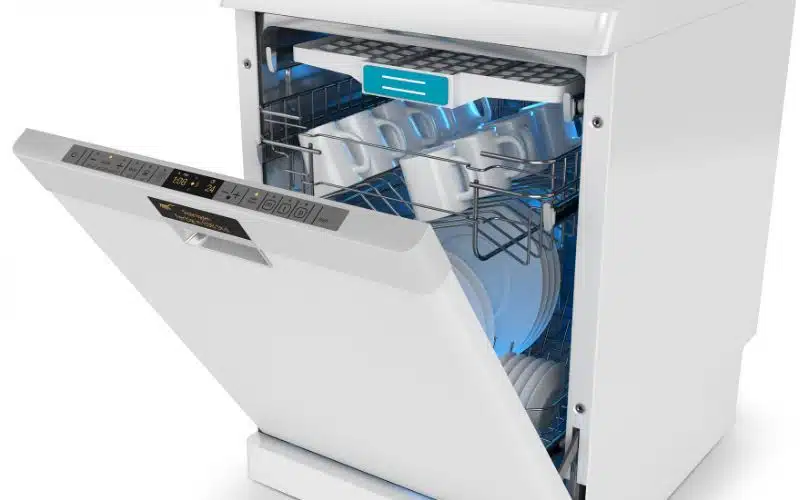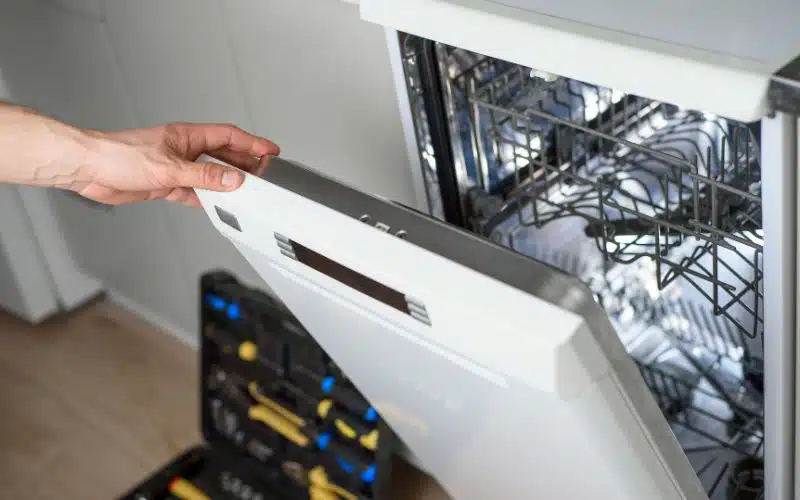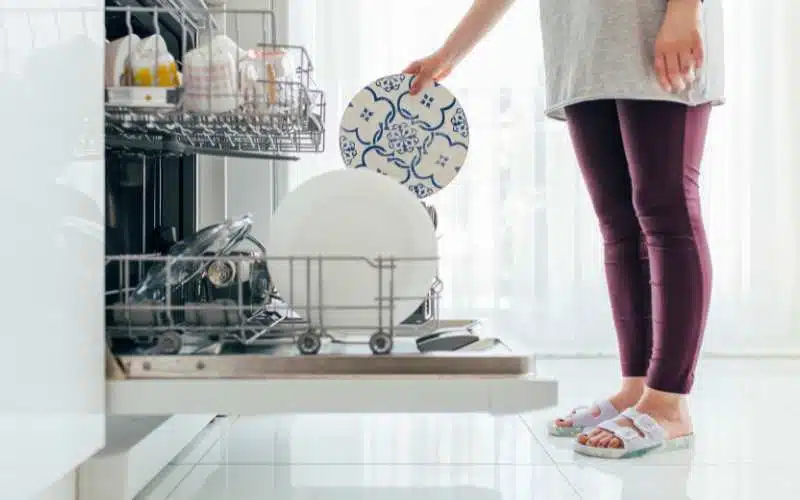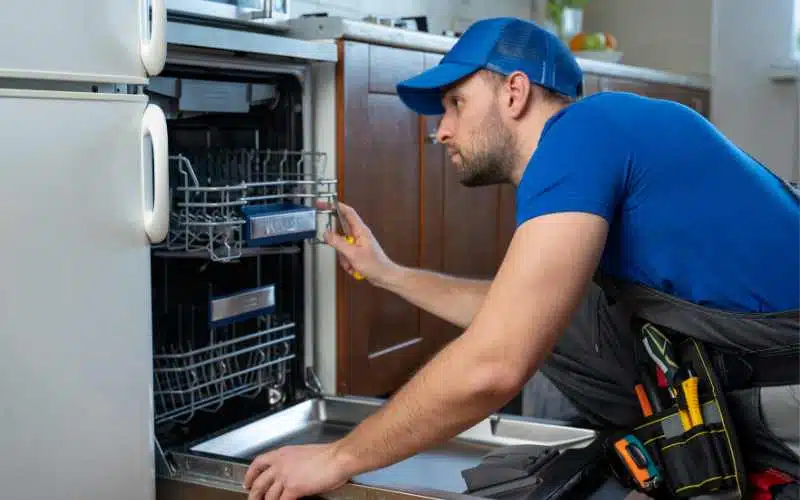Dishwashers are amazing helpers in our kitchens, but have you ever thought about what powers them?
Most gadgets in our homes use electricity, but not all in the same way. This article dives into an interesting question: Are all dishwashers powered by 110 volts or 220 volts?
This might sound technical, but it’s actually a fun journey into how these machines work.
By exploring this, we’ll discover not just how dishwashers run, but also a bit more about the electricity in our homes. Let’s get plugged in and find out!
Key Takeaways: Dishwasher Voltage and Efficiency
- Voltage Variability: Dishwashers come in different voltages, with 220v being more common in certain countries.
- 220v Dishwasher Advantages:
- Time Efficiency: Cleans a large number of dishes quickly.
- Environmental Friendly: Uses less water and energy than hand washing, reducing environmental impact.
- Safety and Efficiency: Requires smaller wires, minimizing overheating risks.
- Identifying the Voltage of Your Appliance:
- Outlet Appearance: 220v outlets are usually larger with unique slot arrangements.
- Wiring and Terminals: 220v appliances have two hot wires (black and red), while 110v have a single black wire.
- Wire Size: 220v circuits need wire gauges smaller than ten due to higher current requirements.
- Multimeter Use: A reliable tool for accurately determining voltage.
- Safety Note: Always prioritize safety and consider consulting a professional electrician for any doubts.
Are All Dishwashers 220v?
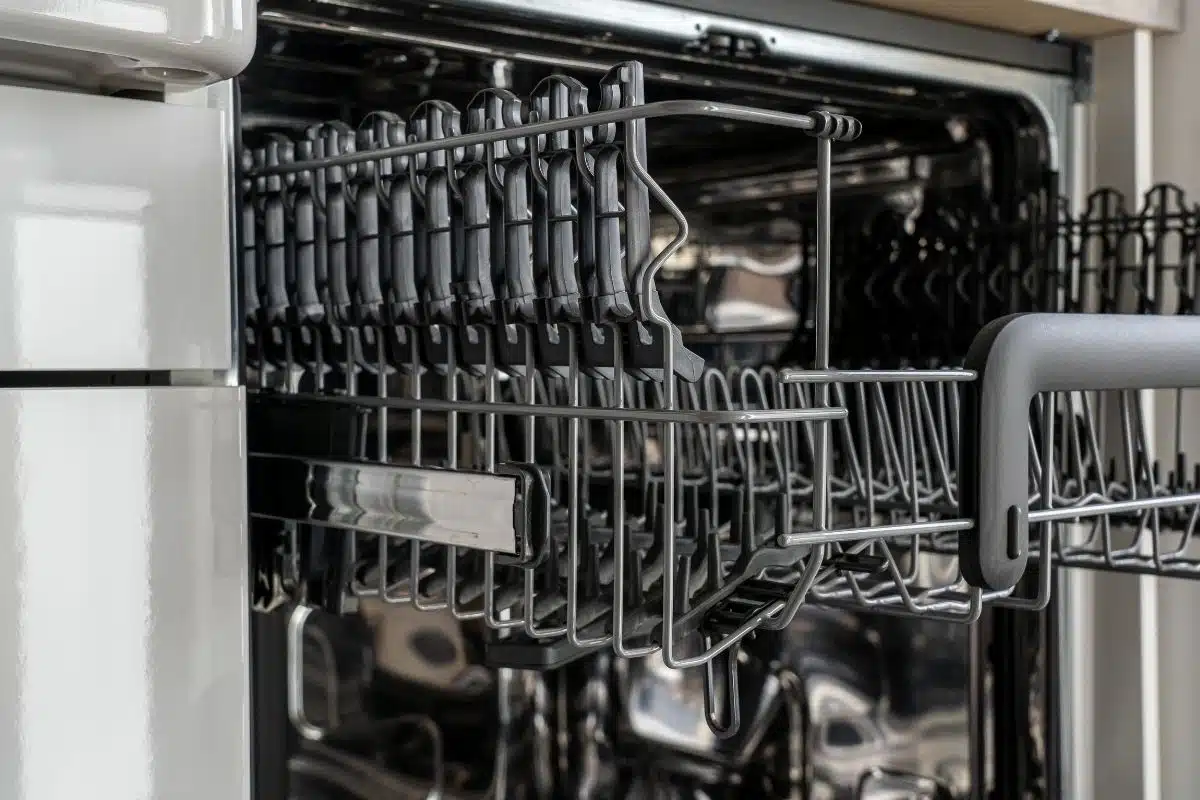
Not all dishwashers are 220 volts. Voltage varies by country. You might find dishwashers with different voltages depending on where you live.
Here’s why you might consider a 220v dishwasher:
- Saves Time: They clean a lot of dishes quickly.
- Conserve Resources: They use less water and energy than hand washing.
Dishwashers and Water Usage:
| Voltage | Water Usage per Wash |
|---|---|
| 220v | 15-22 liters |
| Other | More than 22 liters |
With a 220v dishwasher, you’re not just saving time but also being kind to the environment.
These dishwashers are designed to be safe and efficient. They also need smaller wires, which reduces the risk of overheating.
How Do I Know If My Appliance Is 110v or 220v?
1. Large Outlets
If you encounter a dark brown or black outlet that appears larger than usual with three or four slots, it’s likely a 220v outlet.
These outlets stand out because they often have one or more slots set at an angle and contain just one power outlet.
On the other hand, 110v outlets typically come in pairs (duplexes) with a capacity for three prongs, including a ground slot in the middle.
2. Terminals
When examining the back of your appliance, you can distinguish whether it’s 110v or 220v by the terminals.
A 220v wiring diagram will show two hot wires, one black, and one red, indicating a negative and positive terminal, respectively.
In contrast, a 110v appliance will have a single black negative terminal, simplifying the wiring layout.
3. Wire Sizes
The wire sizes differ between 110v and 220v circuits due to their varying current requirements. You’ll find that the typical maximum for a 110v circuit is a 12 gauge wire.
For more power-intense 220v circuits, a wire gauge smaller than ten would not be adequate, as these circuits carry higher currents.
4. Use Of A Multimeter
Identifying voltage can be done easily using a multimeter, such as the. Always start by turning off the power to prevent accidental short circuits.
Insert the black leading probe into the COM socket and the red probe into the socket marked “V” on your multimeter.
Select AC on the dial and a suitable range, then align the probes parallel with a voltage source.
Last update on 2024-01-10 / Affiliate links / Images from Amazon Product Advertising API
Engage the black probe first, power on the equipment, and then touch the red probe to the circuit. Read the voltage displayed on the LCD.
Remember, handling electrical components requires care. If you’re unsure about any steps or safety, consult a professional electrician.
Which Is Better: 110v or 220v?
When deciding between 110v and 220v for powering appliances, you might wonder which one stands out.
Each voltage level serves its purpose, so let’s dive into the details to help you understand the better option for your needs.
110v: Safe for Smaller Appliances
- Safety: A 110-volt supply is less likely to cause harm due to electrocution, as it involves a higher current flow.
- Suitability: Perfect for small appliances like toasters and coffee makers.
- Risk of Overload: Prone to overcurrent if a high-capacity appliance is plugged in, which may necessitate a circuit breaker to prevent fire hazards.
220v: Efficient for Larger Appliances
- Performance: Ideal for larger appliances such as dishwashers and refrigerators due to its efficient power transmission.
- Energy Savings: With a 220-volt supply, less energy is lost as heat, thanks to the use of thinner cables and lower currents.
- Capacity: A wire with 220 volts can carry double the power of one with 110 volts, which means it’s great for households with high-powered devices.
Impact on Your Home
You need to consider the types of appliances you use. If you live alone and use fewer large devices, a 110v line might suit you just fine.
However, if you have a growing family or need more powerful appliances, 220v is likely the more practical choice to accommodate all appliance types efficiently.
Electrical Efficiency Explained
| Voltage Level | Advantages | Disadvantages |
|---|---|---|
| 110v | Safer with small appliances, lower risk of electrocution | High current flow, risk of overloading and overheating |
| 220v | More energy-efficient, can power large appliances | Requires proper outlet to prevent danger |
When considering energy costs and power efficiency, 220v comes out on top. Less energy is wasted while powering even your most energy-demanding appliances.
On the other hand, the voltage isn’t the only factor. Proper usage and installation are key in making sure your home’s power supply is safe and effective.
Conclusion
Voltage Differences:
- 110v dishwashers are common and considered safer.
- 220v dishwashers carry more watts, making them more powerful.
Identifying Your Dishwasher:
- Check the manual or labeling on your dishwasher.
- Look at the plug type; it often indicates the voltage.

